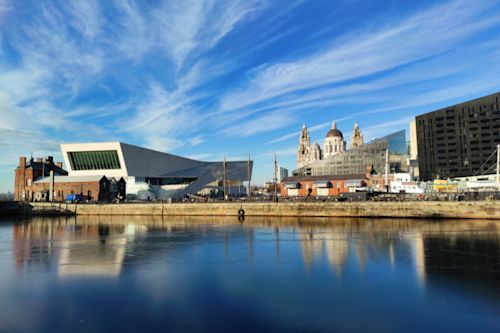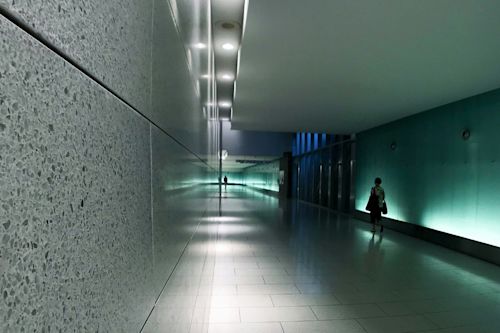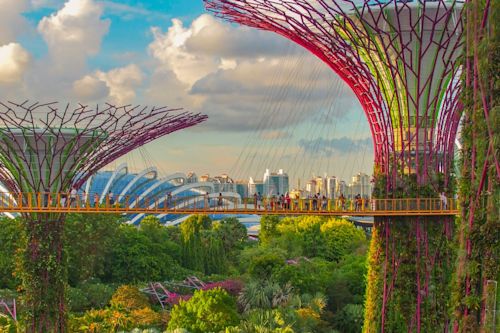Cheong-gyecheon: How a Reclaimed River Brought Life to Seoul
South Korea's story is one of phenomenal economic growth and rapid urbanization. Following the devastating Korean War between 1950 and 1953, in just a few short decades, Seoul transformed from a war-torn city into a bustling megacity, as South Korea flourished as a global leader in technology and innovation.
However, this growth, a phenomenon nicknamed the “Miracle on the Han River” by economists, came with consequences. The relentless march of concrete and development claimed an unexpected victim: The Cheonggyecheon stream.
A Stream Buried, A City Challenged

For centuries, the Cheonggyecheon had been a vital artery for Seoul. It wasn't just a source of water, but a central hub of activity, serving as a natural drain for the city. In the mid-20th century, however, the stream's fate took a turn as Seoul's vision for modernization shifted. Deemed incompatible with the new image of the city, the Cheonggyecheon was buried beneath concrete, becoming a hidden scar beneath the city's bustling core.
This transformation led to increased flooding, environmental degradation, and a decline in the overall livability of the downtown core.
A Bold Vision for Urban Renewal in the Heart of Seoul

In the early 2000s, Seoul embarked on a visionary project to address the challenges caused by burying the Cheonggyecheon stream. Their ambitious plan wasn't just about aesthetics; it was about environmental restoration and improving the city's overall livability. This plan involved uncovering the 5.8 km (~3.6 miles) streambed and transforming it into a linear park.
The Cheonggyecheon project stands out for its innovative design solutions that prioritize long-term benefits. Sustainability was at the core, with native plants and trees creating wildlife habitats and sustainable water management, showcasing Seoul's commitment to environmental responsibility.
Pedestrians were prioritized with walkways, bicycle paths, and rest areas, fostering a sense of community and encouraging active lifestyles. The design also incorporated traditional Korean landscaping elements, water features, and public art installations, creating a visually appealing environment that celebrates the city's heritage and cultural identity.
The Right Design Decisions Revitalize a Challenged City

The project's impact extends beyond aesthetics and environment. The improved aesthetics and pedestrian-friendly surroundings revitalized Seoul's central business district, attracting new investments and businesses, highlighting the power of urban design to drive economic growth.
The Cheonggyecheon project wasn't without its skeptics. Traffic engineers worried the removal of the highway would cripple downtown traffic, while some stakeholders feared a loss of business. Kim Youngmin, Assistant Professor of Landscape Architecture at the University of Seoul, said to The Guardian that the project offered a clear answer to the ongoing debate between prioritizing vehicles and pedestrians in urban planning.
“Many traffic engineers warned that demolishing the highway would be a disaster to inner-city traffic, and stakeholders who were afraid that the project might reduce their income didn’t agree with the city’s vision,” Youngmin stated and added, “there was no armageddon, as some people warned. Of course, it became tougher to bring cars into the inner city, but it became a way better place for the people who use public transportation or walk.”
This shift in focus, prioritizing pedestrian needs over car access, has become a hallmark of the Cheonggyecheon's success.
From Concrete Jungle to Urban Oasis: Seoul's Stream of Success

The Cheonggyecheon transformation stands as a testament to Seoul's commitment to progress that prioritizes both economic vitality and the well-being of its residents. It serves as a powerful model for cities worldwide grappling with the challenges of rapid urbanization.
By embracing bold, sustainable design solutions that prioritize people over cars, Seoul has not only revitalized a neglected space but also created a thriving green oasis in the heart of a megacity.
As other cities look to emulate Seoul's success, the Cheonggyecheon project offers valuable lessons: Visionary leadership, community engagement, and a commitment to long-



